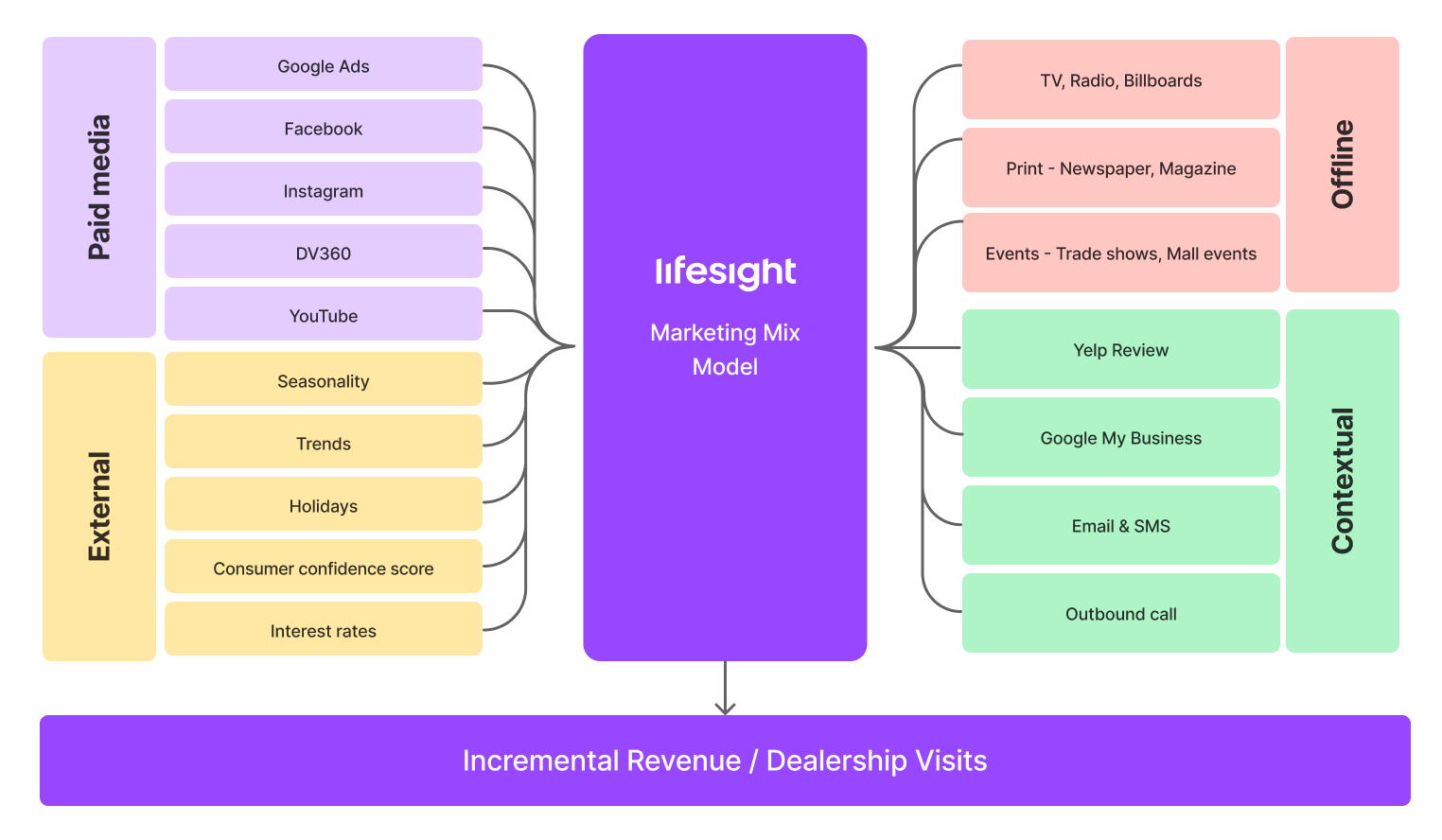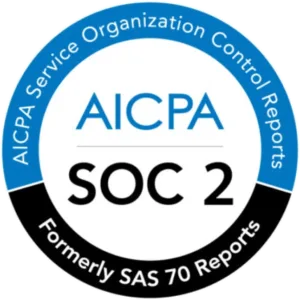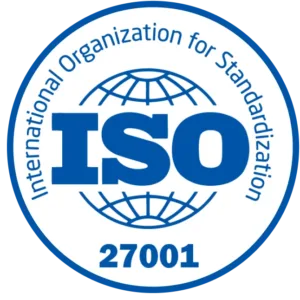Explore how a leading Canadian automobile dealership transformed its marketing strategy to overcome declining visits and revenue. Despite significant investments in offline and digital advertising, the dealership struggled to identify high-performing channels.
The Challenge
A popular Canadian automobile dealership with a network of showrooms across multiple states aimed to increase revenue, dealership visits and improve overall marketing effectiveness. Despite investing heavily in both offline (TV, radio, billboards and print) and digital channels (Google Ads, Facebook, YouTube, DV360), they faced challenges in understanding which channels and campaigns truly influenced dealership visits and drove sales. With significant budget allocated across both local and national campaigns, the dealership sought Lifesight’s expertise to identify high-impact channels, optimize budget allocation, and adapt strategies based on regional differences in consumer behavior.
The Objectives
- To measure the true incremental revenue driven by their media mix.
- Understand seasonality, lag effect and interaction effect between digital and offline media.
- Forecast key metrics like Dealership visits and iRevenue for the upcoming quarter.
- Optimize media spends across digital and offline channels.
Unified Measurement Implementation
Lifesight implemented a robust a unified measurement framework consisting of Marketing Mix Modeling (MMM), Causal Attribution and Geo experiments to measure and optimize marketing.

The Solution
Lifesight integrated 3 years of the dealership’s marketing spend data across both offline and online channels, alongside external factors (such as consumer confidence score and interest rates) that could influence car purchases. By layering in these external factors, Lifesight’s models accounted for external factors like seasonality and economic variables that could affect dealership revenue.
- Media effectiveness measurement with hierarchical MMM: Lifesight utilized two models to isolate the contributions of digital and offline media. A main model captured the incrementality of both online and offline channels, while a hierarchical model, revealed the incremental impact of each offline tactic while excluding the intercept (baseline direct effect).
Media incremental revenue contribution weightage using Lifesight MMM
- Adjusted attribution reports with model incrementality: Channel Incrementality factor from the model was used to calibrate attribution reports to make them more causal. This enabled the brand to view incremental metrics at a campaign, ad set and ad level that tied marketing to dealership revenue.
- Channel optimization: Lifesight’s UMM analysis cross-channel marketing performance and revealed an over-investment in lower-funnel retargeting and social ads, while upper-funnel brand awareness campaigns (such as local TV and radio) demonstrated higher incremental contributions to showroom visits. Based on these insights, the dealership reallocated budget toward high-performing channels such as local radio, YouTube, and geo-targeted search ads.
- Revenue forecast for holiday season: Lifesight marketing science team refined the model accuracy. The brand planned and tested various media mixes using the Lifesight Scenario Planner to understand how they influence outcomes like dealership visits and iRevenue. This insight helped the brand forecast their dealership revenue for the upcoming holiday season while accounting for diminishing channel returns. Lifesight also shared an actionable budget allocation worksheet along with weekly media spend recommendations for channel managers to implement.
Revenue forecast for Q3 using Lifesight Scenario planner
- AI-powered optimization recommendations: Lifesight recommended the brand to increase investment in print, TV and OOH campaigns during key promotional periods while cutting back on digital channels that didn’t deliver the same level of iRevenue and dealership visits. The brand also increased investment in geo-targeted digital ads through Google My Business, localized search ads to drive driving high-intent consumers directly to dealership locations.
- Incrementality Testing for Paid Media Channels: By implementing geo holdout tests, Lifesight identified the individual contributions of Facebook, Instagram, and YouTube ads on incremental revenue. This enabled the dealership to focus on paid media tactics that generated incremental revenue rather than vanity online engagement like clicks and impressions.
Holdout geo experiment results testing lift in revenue caused by Instagram as a channel
- Goal Tracking: Lifesight Goal Tracker enabled the dealership stakeholders and leadership team to clearly see the value of their media investments and measure how they influence key metrics like Dealership Revenue and Dealership Visits.
- Measurement Program Implementation: Lifesight implemented an always-on “test and learn” program that consistently calibrates and validates models for continuous improvement. By running ongoing holdout geo experiments, Lifesight was able to accurately assess each tactic’s impact on key metrics like Dealership Visits and incremental Revenue, ensuring the models remain effective and responsive to changes in strategy.
Conclusion
With Lifesight’s data-driven optimization, the dealership experienced a 65% increase in incremental revenue and achieved substantial improvements in incremental return on ad spend (iROAS) and cost per acquisition (iCPA). Lifesight’s UMM strategy enabled the dealership to better understand its channel effectiveness and optimize budget allocation to support sustainable growth.




















































